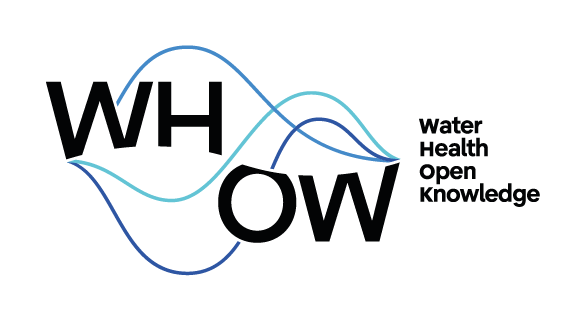
The Umbria Region joins the WHOW co-creation program
The Umbria Region is the first institutional actor that will contribute to the co-creation program of the European project WHOW (Water Health Open knoWledge) sharing data and knowledge in order to identify the relationships between the use of water resources and the diseases diffusion.
The WHOW project, funded by the CEF Telecom CEF-TC-2019-2 (Public Open Data) Call, aims at developing a data space on the consumption and quality of surface, underground and marine waters, with data from different sources. Environmental data will be linked with health data on the diffusion of diseases by integrating Italian (and other European Union countries) datasets, with the aim of making them available for subsequent reuse.
The three-year project is coordinated by Celeris Advisory Ltd. (Ireland) and includes the Institute for Environmental Protection and Research (ISPRA), the National Research Council – Institute of Cognitive Sciences and Technologies (CNR-ISTC, Italy), the Regional Company for Innovation and Purchasing (ARIA Spa, Lombardy Region, Italy).
The partners are committed to the implementation of a co-creation program through the involvement of relevant stakeholders from the early stages of the project to identify datasets and defining use cases, in order to maximize their reuse. Participation is open to national and international players.
The collaboration with the WHOW project is an element for the development of regional policies aimed at publishing high-value datasets.
The Umbria Region is the first institutional actor at national level that will become an active part of the program thanks to the advanced knowledge developed in the field of open data and dataset analysis in reference to the Directive (EU) 2019/1024 on opening data and reuse public sector information.
“The collaboration with the WHOW project is an element in the development of Umbrian policies aimed at publishing high-value datasets. I strongly believe that the publication of strategic data is an essential element of future development trajectories and the Umbria Region must invest in the publication of valuable data, in constant work with local stakeholders and in collaborations aimed at promoting synergies in the development of data program”- says Michele Fioroni, regional councilor for economic development, innovation, digital and simplification.
“The Umbria Region – he underlines – has activated a targeted program for the publication of high value datasets in collaboration with Umbria Digitale and this collaboration of the Region as the first institutional partner of the WHOW project highlights the importance of open data policies for our territory.”.
“The Company – highlights the CEO of Umbria Digitale, Fortunato Bianconi – pays particular attention to the issue of data and interoperability. The WHOW project will make available common data models to represent information that will provide new possibilities for correlation between health data and environmental data on the use of water resources: this constitutes an opportunity to enhance public data and can create the conditions for understanding and improve the links between the quality of the environment and health “.
The participation of the Umbria Region to the activities of the WHOW project marks the first step towards the development of synergies with the project partners and other stakeholders such as the scientific community, private companies, public administrations and individual citizens. In particular, the activities will be aimed at the development and re-use of environmental and health data according to the Linked Open Data paradigm.
“The partners of the WHOW project -. – welcome the participation of the Umbria Region in our initiative aimed at creating knowledge in the field of water and health, by sharing and harmonising relevant datasets at European level “, stated Carmen Ciciriello, Celeris Advisory Ltd.
The activities will be supported by tools and platforms for sharing the documentation produced also to ensure effective interaction between the stakeholders and the project partners.


